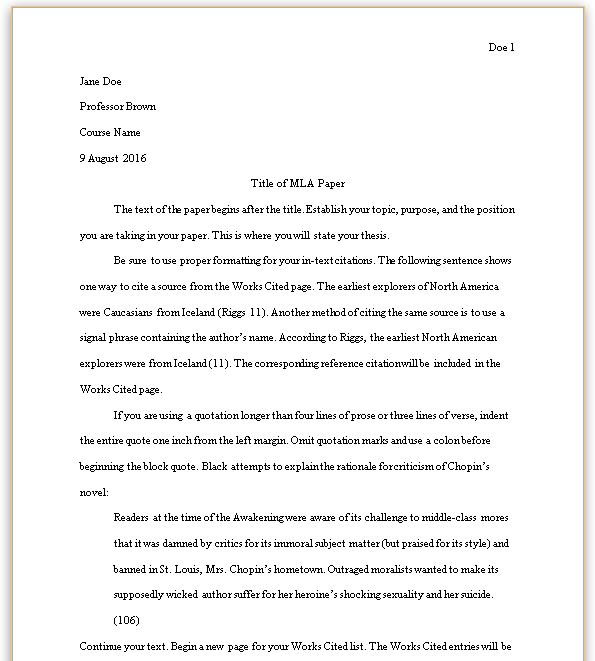- Suppose that an airplane accelerates at 10 m/s2 over 1000 m. Assuming it starts from rest, what is the final velocity of the airplane? (10 points)
To determine the final velocity of the airplane, we can use the following kinematic equation, which relates acceleration, distance, initial velocity, and final velocity: v2=u2+2asv^2 = u^2 + 2a s
Where:
- vv is the final velocity (what we’re solving for),
- uu is the initial velocity (which is 0 since the airplane starts from rest),
- aa is the acceleration,
- ss is the distance traveled.
Given:
- u=0 m/su = 0 \, \text{m/s},
- a=10 m/s2a = 10 \, \text{m/s}^2,
- s=1000 ms = 1000 \, \text{m}.
Substitute the given values into the equation: v2=02+2×10×1000v^2 = 0^2 + 2 \times 10 \times 1000 v2=20000v^2 = 20000
Now, take the square root of both sides to solve for vv: v=20000=141.42 m/sv = \sqrt{20000} = 141.42 \, \text{m/s}
Thus, the final velocity of the airplane is approximately 141.42 m/s.
- If a 300 kg wagon accelerates at 1.2 m/s2 after experiencing an applied force of 625 N, what is the frictional force acting on the wagon? Assume the wagon is moving on a straight path. (10 points)
To determine the frictional force acting on the wagon, we can start by using Newton’s second law of motion: Fnet=m×aF_{\text{net}} = m \times a
Where:
- FnetF_{\text{net}} is the net force acting on the wagon,
- mm is the mass of the wagon,
- aa is the acceleration of the wagon.
Step 1: Calculate the net force
We are given:
- m=300 kgm = 300 \, \text{kg},
- a=1.2 m/s2a = 1.2 \, \text{m/s}^2.
Using Newton’s second law: Fnet=300 kg×1.2 m/s2F_{\text{net}} = 300 \, \text{kg} \times 1.2 \, \text{m/s}^2 Fnet=360 NF_{\text{net}} = 360 \, \text{N}
Step 2: Calculate the frictional force
The total applied force is 625 N, and the net force is 360 N. The net force is the result of the applied force minus the frictional force. So, we can set up the following equation: Fapplied=Ffriction+FnetF_{\text{applied}} = F_{\text{friction}} + F_{\text{net}}
Where:
- Fapplied=625 NF_{\text{applied}} = 625 \, \text{N} (the applied force),
- FfrictionF_{\text{friction}} is the frictional force.
Rearranging to solve for FfrictionF_{\text{friction}}: Ffriction=Fapplied−FnetF_{\text{friction}} = F_{\text{applied}} – F_{\text{net}} Ffriction=625 N−360 NF_{\text{friction}} = 625 \, \text{N} – 360 \, \text{N} Ffriction=265 NF_{\text{friction}} = 265 \, \text{N}
Final Answer:
The frictional force acting on the wagon is 265 N.
- What is the key difference between mass and weight? (10 points)
- If a cannonball is fired at 30 degrees and an initial velocity of 40 m/s, how long will the cannonball be in the air? Assume no air resistance and that the cannonball is fired from 0m high. (10 points)
- How much is the centripetal force on a 32 kg child that stands 5 m from the center of a merry-go-round that is rotating at 2.5 m/s? (10 points)
- A car travels for 5 seconds at an acceleration of -2.5 m/s2 and reaches a final velocity of 10 m/s. What was the car’s initial velocity? (10 points)
- Two objects are moved from 10 m apart to 1 m apart. If the initial gravitational force between them at 10 m is 125,000 N, what is the gravitational force between them at 1 m? (10 points)
- An ant crawls 1 m in 10 seconds and then accelerates at 0.02 m/s2 for 15 seconds. How far did the ant travel while it was accelerating? (10 points)
- If the speed of light is 300,000 km/second and it takes light 155 years to reach the Earth from a star, how far away is the star from the Earth in kilometers? Assume the light particle starts from rest and travels at a constant rate from the star to the Earth. (10 points)
- A 1000 kg car collides with a 3000 kg semi-truck. Which vehicle experiences the greater force upon impact? Which vehicle will experience the greater acceleration immediately after the impact? Assume they were driving towards each other at the same speed before they collided. (10 points)


